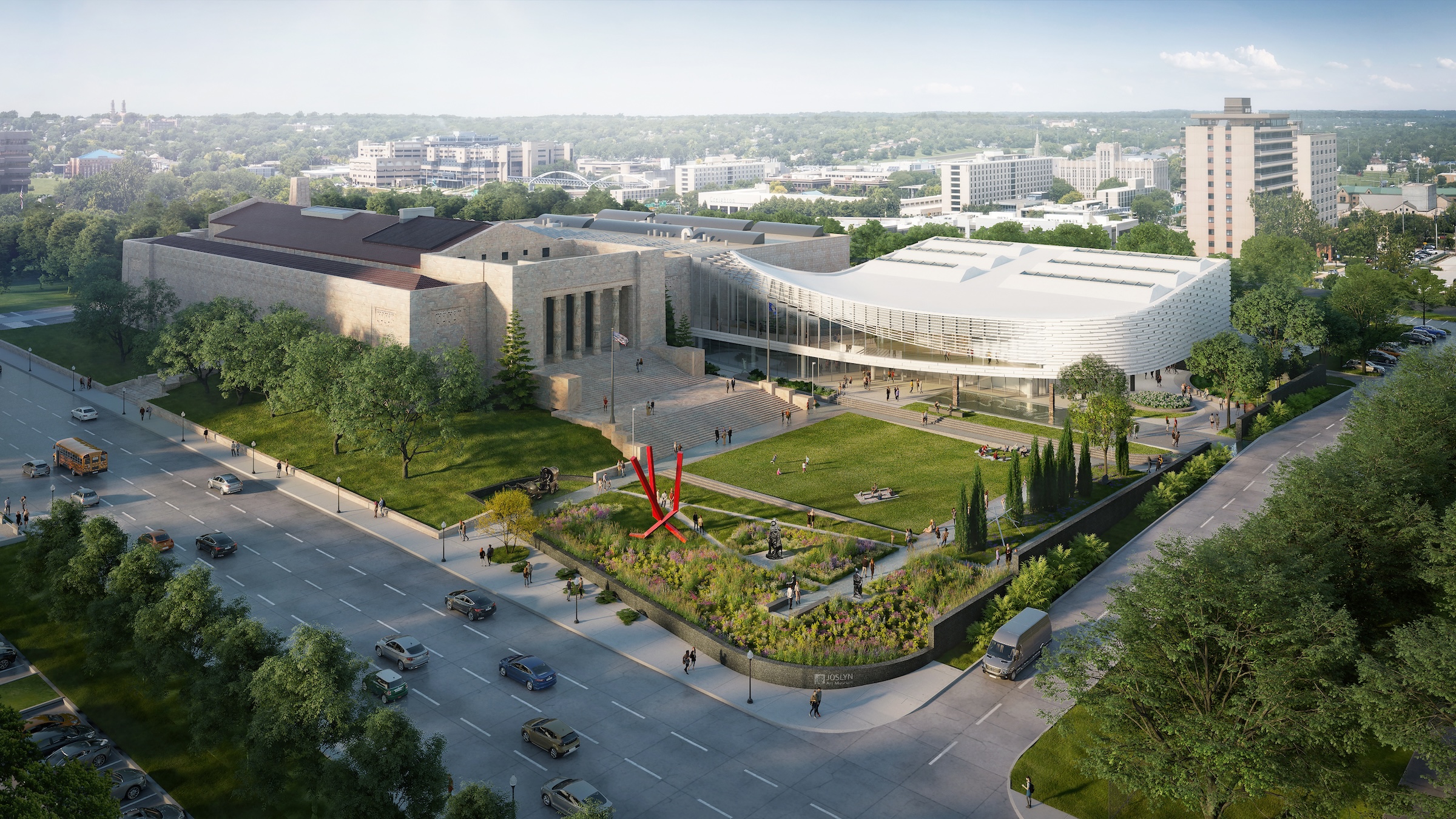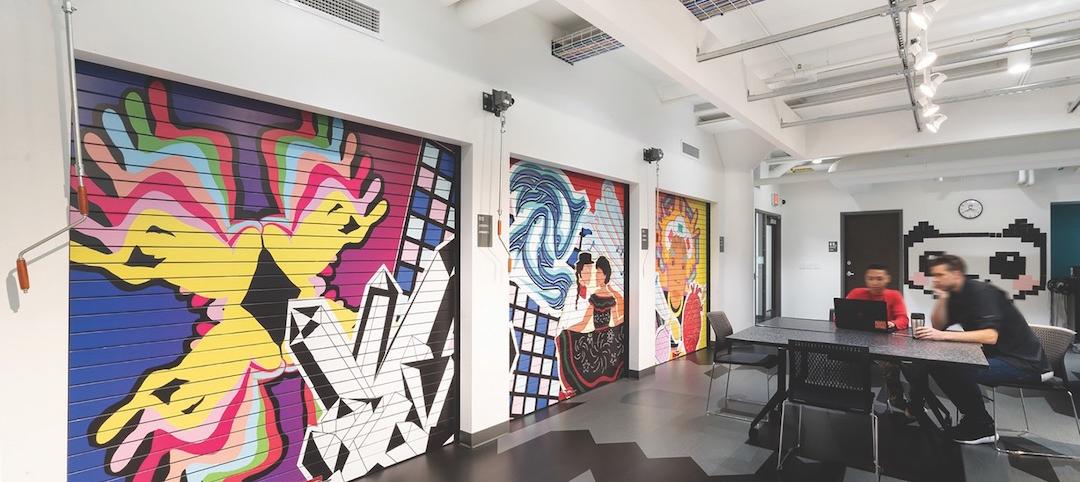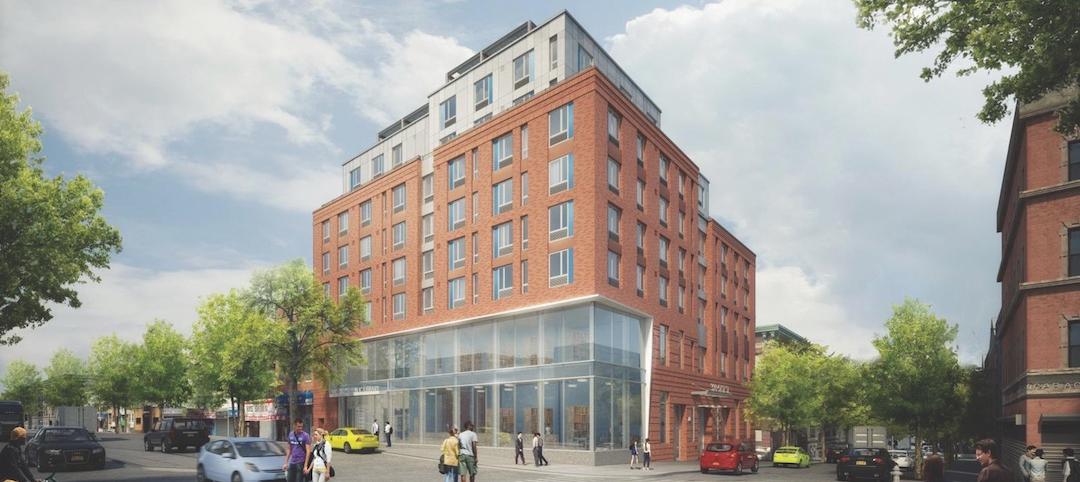In Omaha, Neb., the Joslyn Art Museum, which displays art from ancient times to the present, has announced it will reopen on September 10, following the completion of its new 42,000-sf Rhonda & Howard Hawks Pavilion. Designed in collaboration with Snøhetta and Alley Poyner Macchietto Architecture, the Hawks Pavilion is part of a museum overhaul that will expand the gallery space by more than 40%.
The Hawks Pavilion extends from the Museum’s existing buildings as a curving, low-slung structure that emerges from a new glass entry atrium joining the original 1931 building with the 1994 addition. The transparent first floor also will enclose a new museum shop and community space. As it twists upward, the structure forms the walls of the Hawks Pavilion’s second-floor, day-lit exhibition galleries.
Snøhetta’s plan for the Joslyn Art Museum
Snøhetta’s design of the expansion aims to evoke the cloud formations above the Great Plains, as well as the deep overhangs and horizontal expression of Prairie School architecture.
In addition, visitors will encounter new and refurbished gathering spaces, renovated and additional studios, enhanced amenities for public programs and art education, and new sculpture gardens. The project also updates the 1931 building’s administrative area and renovates the existing cafe.
The Hawks Pavilion will offer the first public presentation of new acquisitions from the Phillip G. Schrager Collection, which the Joslyn says is perhaps the most significant gift of art it has received. The Pavilion’s works on paper gallery will present selections from a gift by Omaha native Ed Ruscha.
After the reopening, the Joslyn will feature the first complete reinstallation of the Museum’s collections since the original building opened. The reinstallation will emphasize the relevance of art and historical objects to contemporary issues and diversify the identities and experiences represented in the galleries.
On the Building Team:
Owner: Joslyn Art Museum
Design architect and landscape architect: Snøhetta
Architect of record: Alley Poyner Macchietto Architecture
MEP engineer: Morrissey Engineering
Structural engineer: MKA
Structural engineer of record: Thompson Dreessen & Dorner
General contractor: Kiewit Building Group
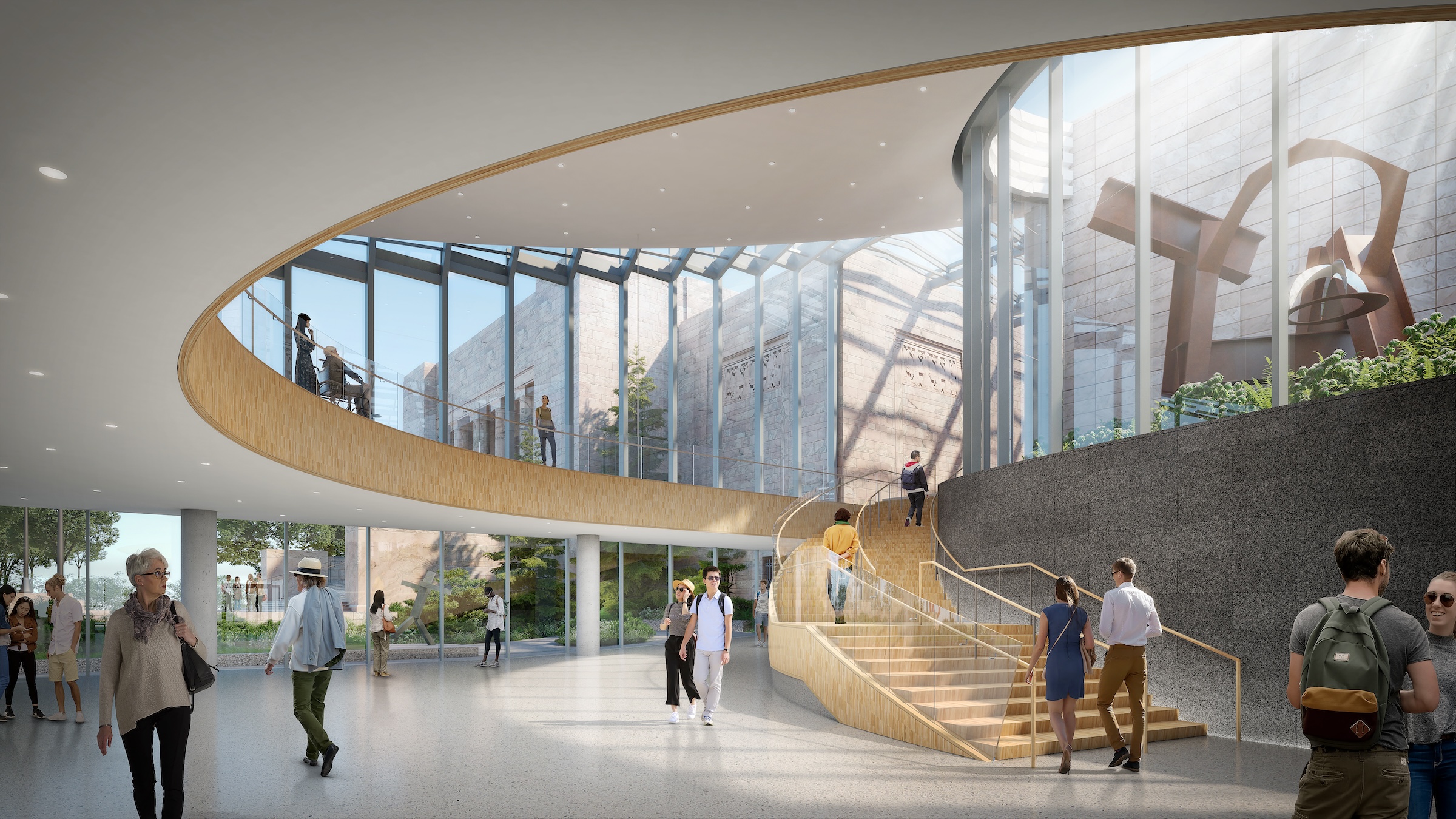
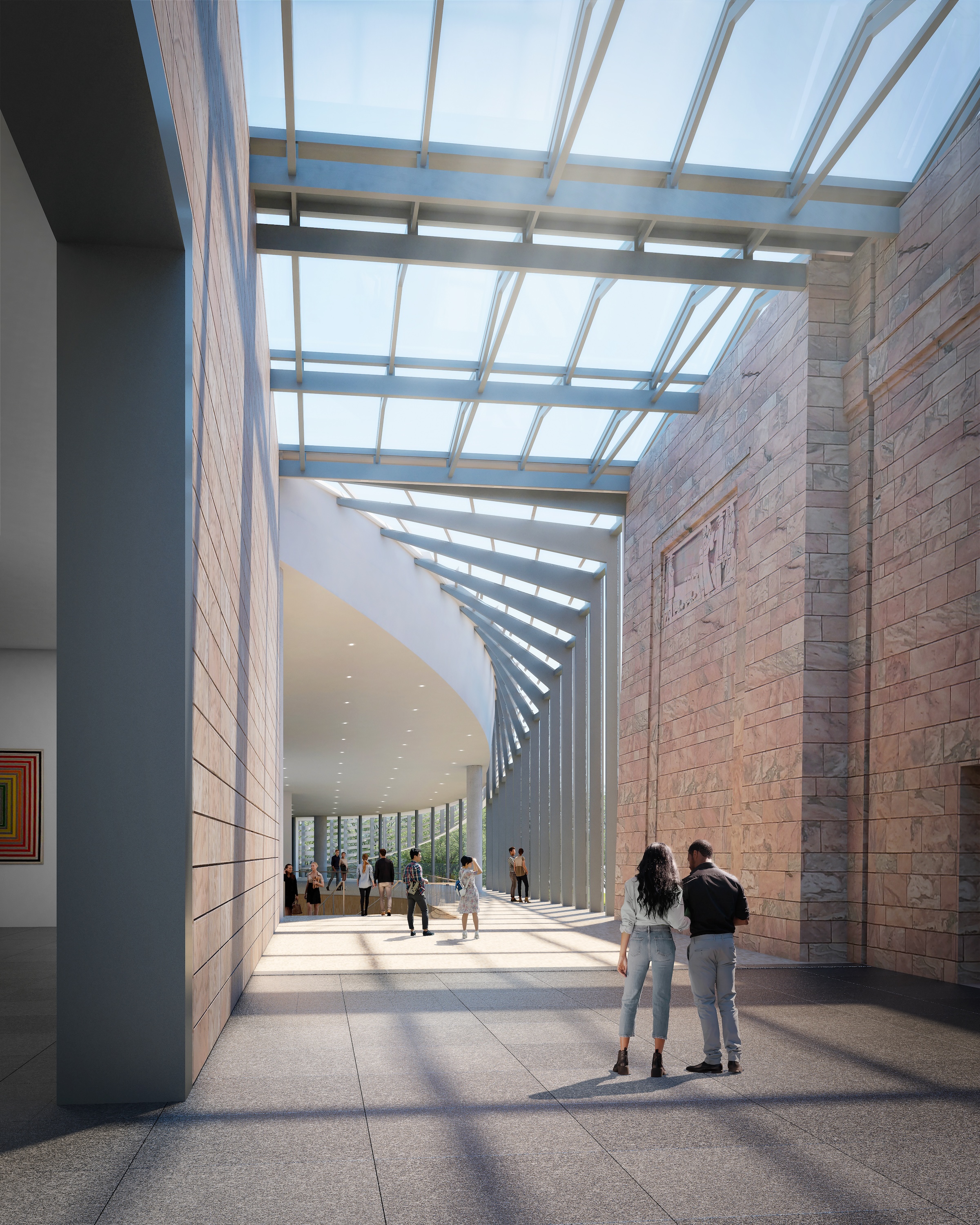
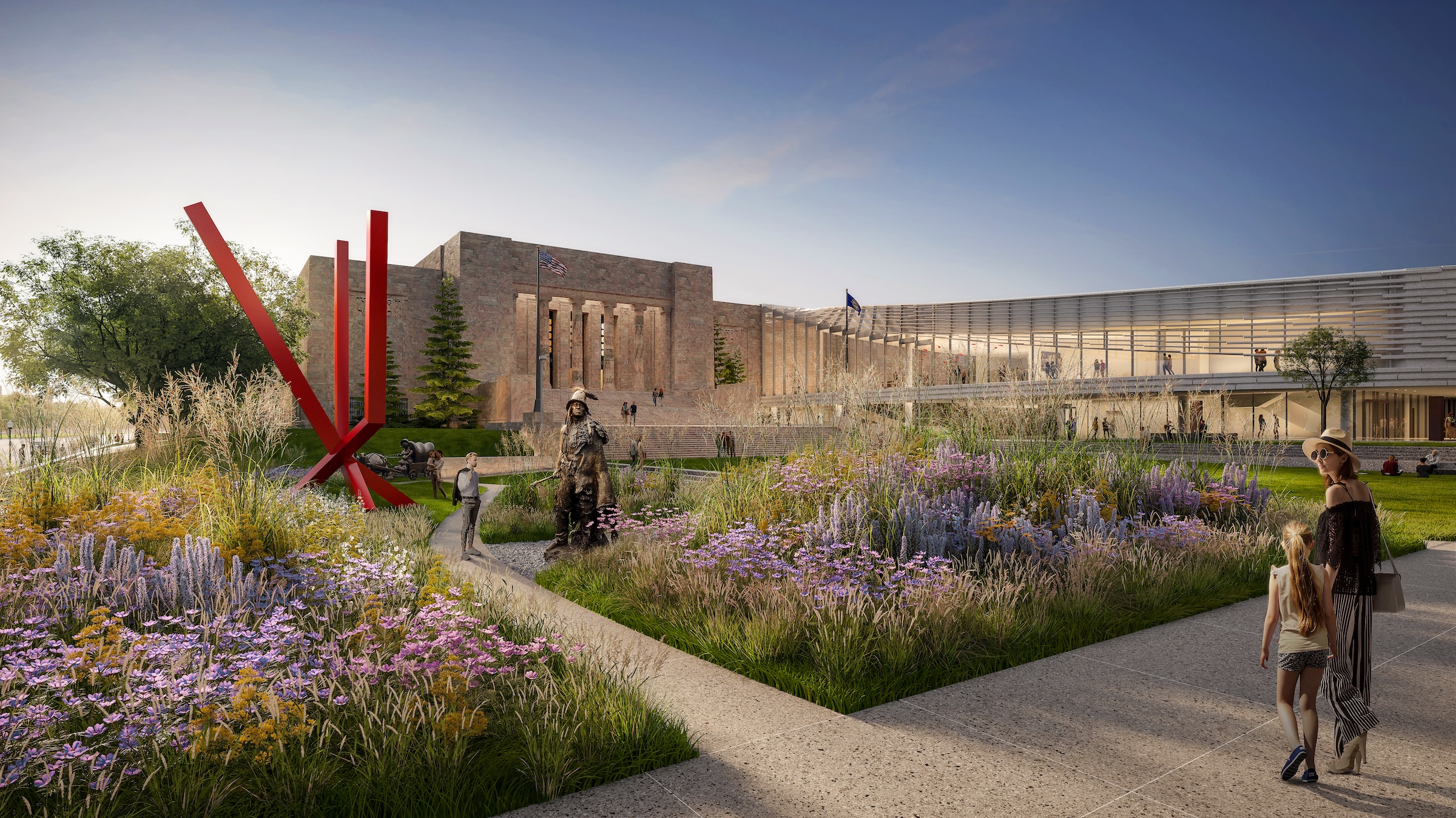
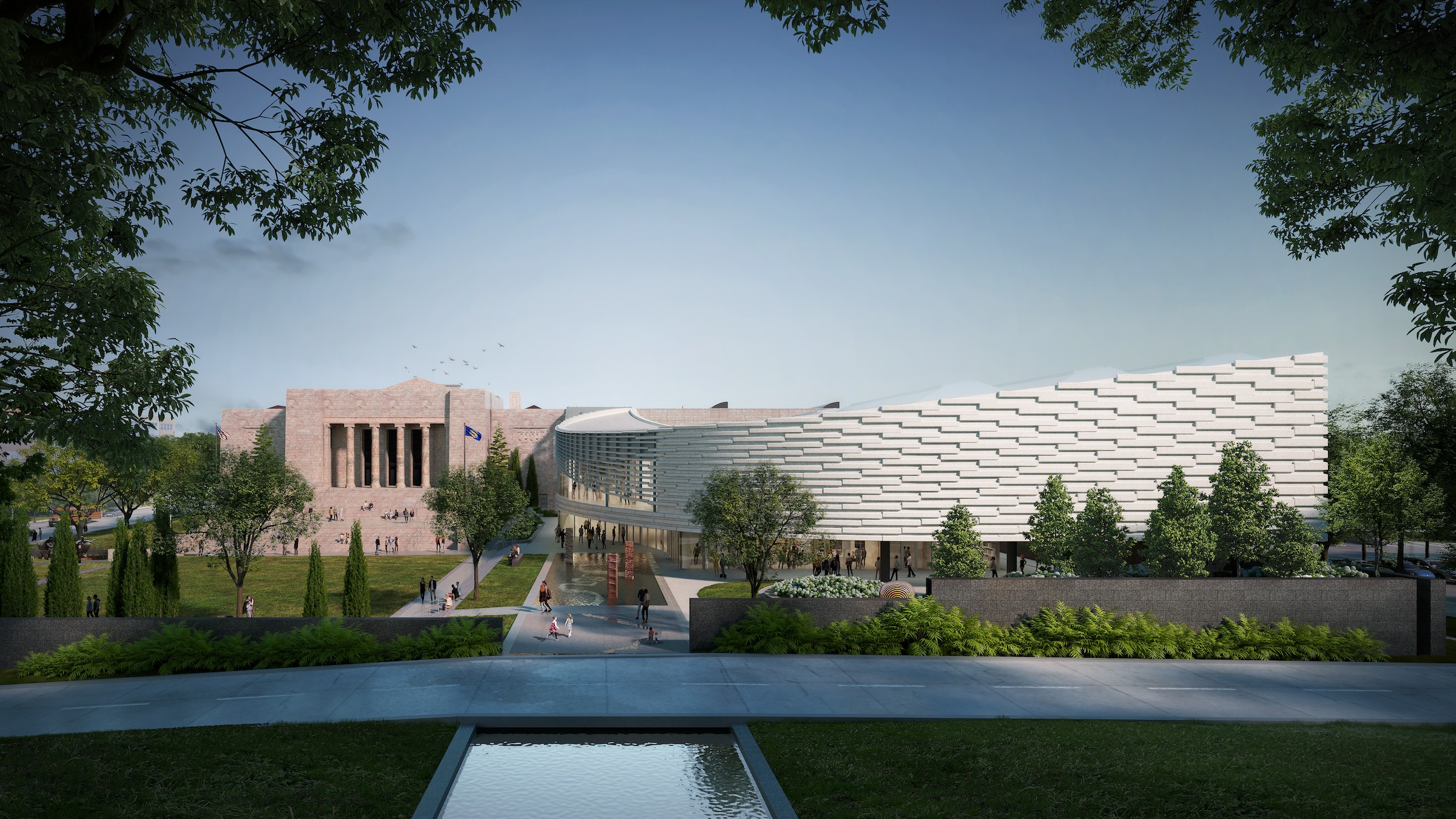
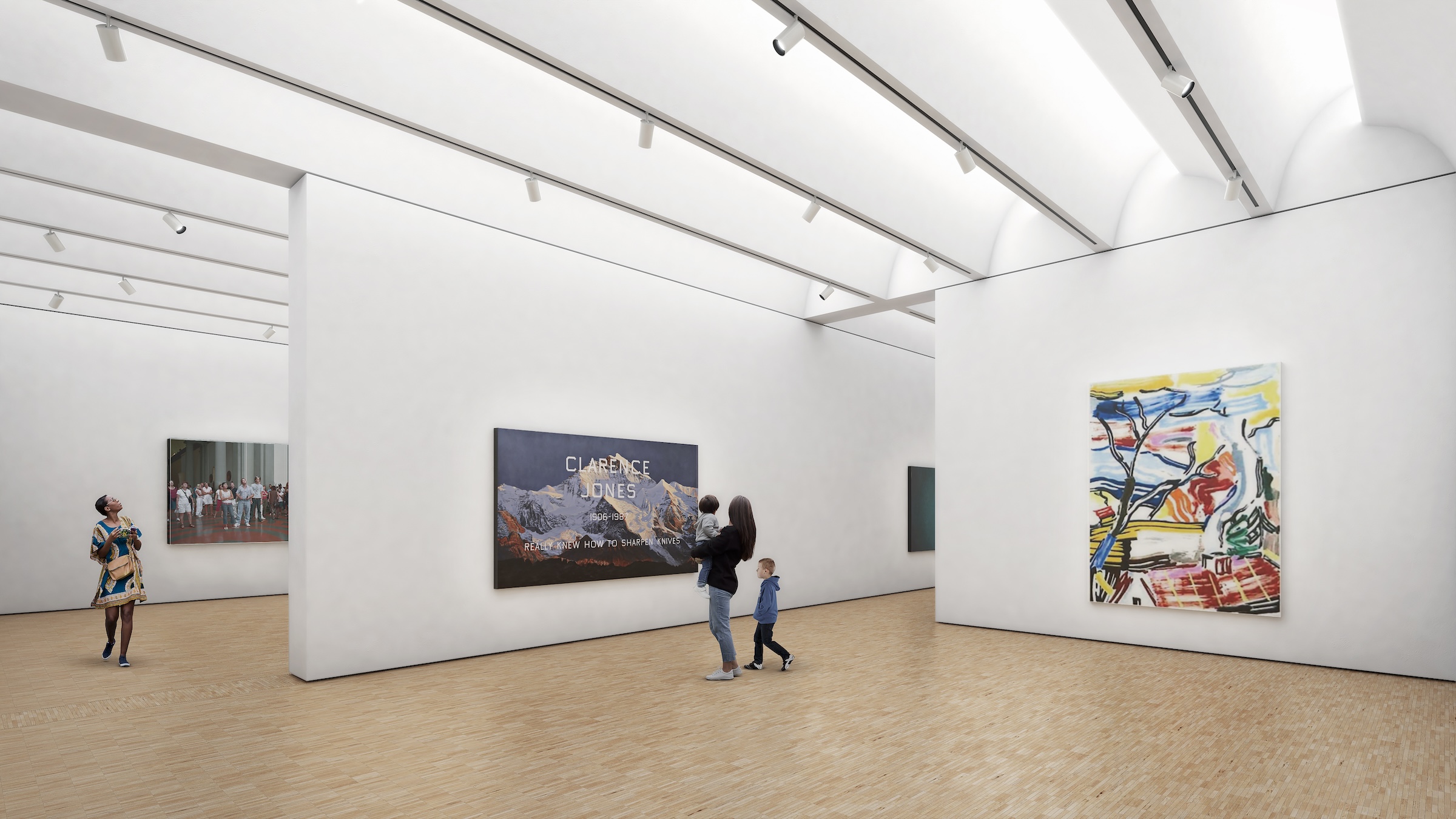
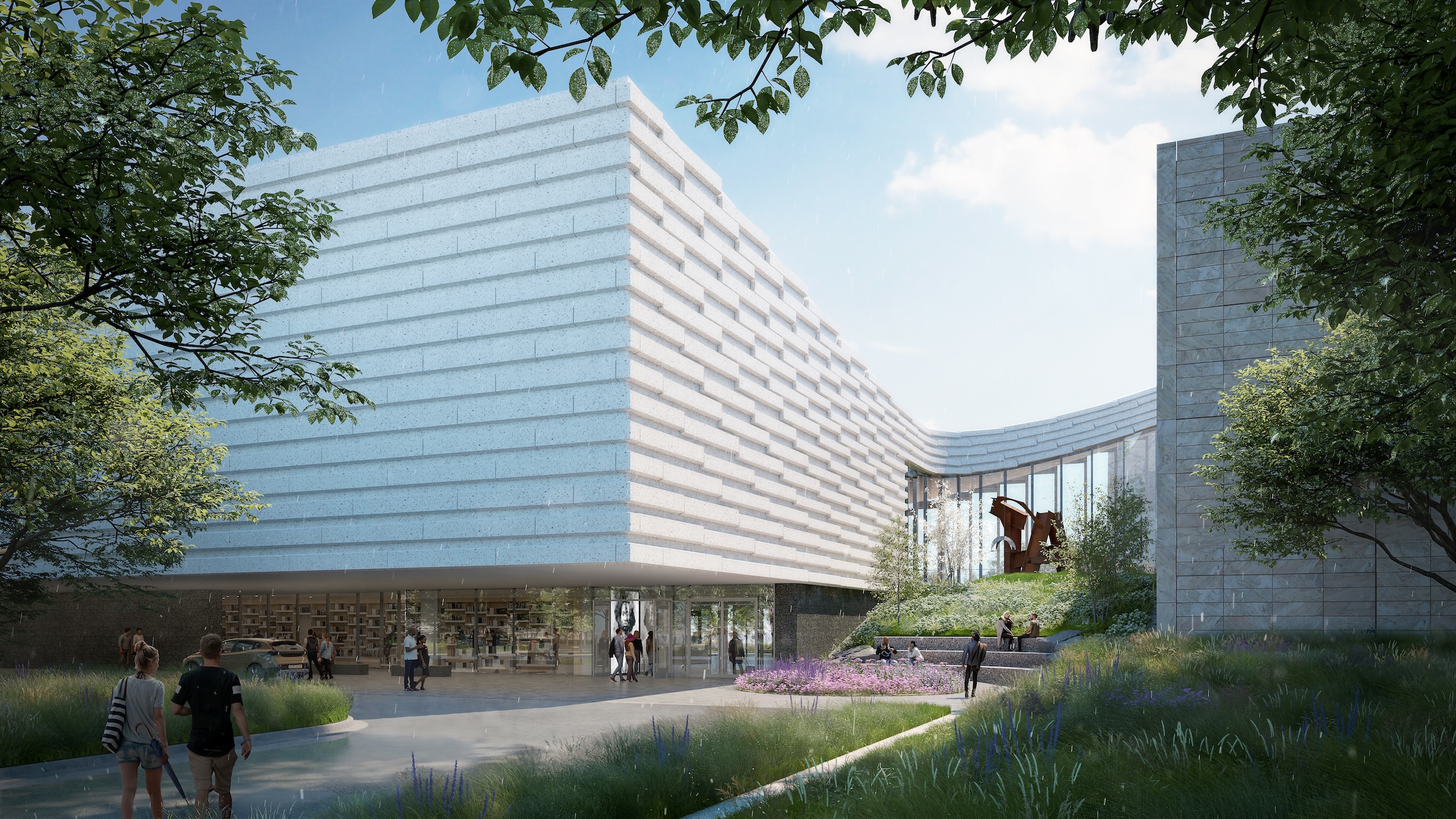
Related Stories
Giants 400 | Aug 28, 2020
2020 Giants 400 Report: Ranking the nation's largest architecture, engineering, and construction firms
The 2020 Giants 400 Report features more than 130 rankings across 25 building sectors and specialty categories.
Cultural Facilities | Jun 19, 2020
A new ULI report chronicles the depaving of America
Fifteen examples of how parks and green spaces emerged from parking lots, garages, and underpasses.
Libraries | Jan 23, 2020
Information or community center: The next generation of libraries must be both
Are libraries still relevant in a digital world?
Cultural Facilities | Dec 4, 2019
Snøhetta wins competition to design maritime center in Esbjerg, Denmark
The project’s design was developed with WERK Arkitekter.
Cultural Facilities | Dec 1, 2019
Small-venue theaters play starring cultural and economic roles in New York City’s economy
A new study identifies the challenges these theaters face, and offers possible solutions that include more city support.
Cultural Facilities | Nov 11, 2019
‘The Whale’ will be an arctic attraction 185 miles north of the Arctic Circle
Dorte Mandrup won an international competition to design the project.
Cultural Facilities | Nov 1, 2019
Coldefy & Associés’ design selected for Pulse nightclub shooting memorial
The design was selected from 68 entries.
Cultural Facilities | Oct 29, 2019
A watchtower in Harlem, once a firefighter’s lookout, is restored as a landmark
The nearly $8 million project required major structural interventions.
Giants 400 | Oct 3, 2019
Top 65 Cultural Sector Construction Firms for 2019
Whiting-Turner, Turner, PCL, Clark Group, and Gilbane top the rankings of the nation's largest cultural facility sector contractors and construction management firms, as reported in Building Design+Construction's 2019 Giants 300 Report.
Giants 400 | Oct 3, 2019
Top 70 Cultural Sector Engineering Firms for 2019
Jacobs, Arup, EXP, BRPH, and Thornton Tomasetti head the rankings of the nation's largest cultural facility sector engineering and engineering architecture (EA) firms, as reported in Building Design+Construction's 2019 Giants 300 Report.


